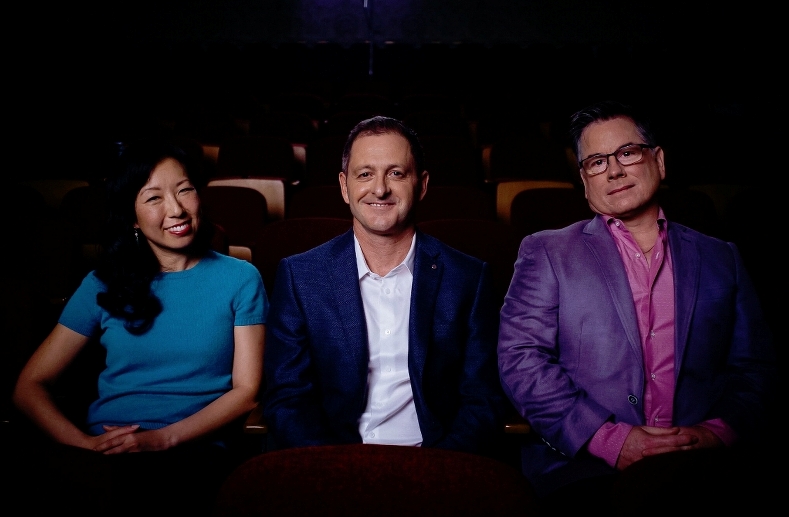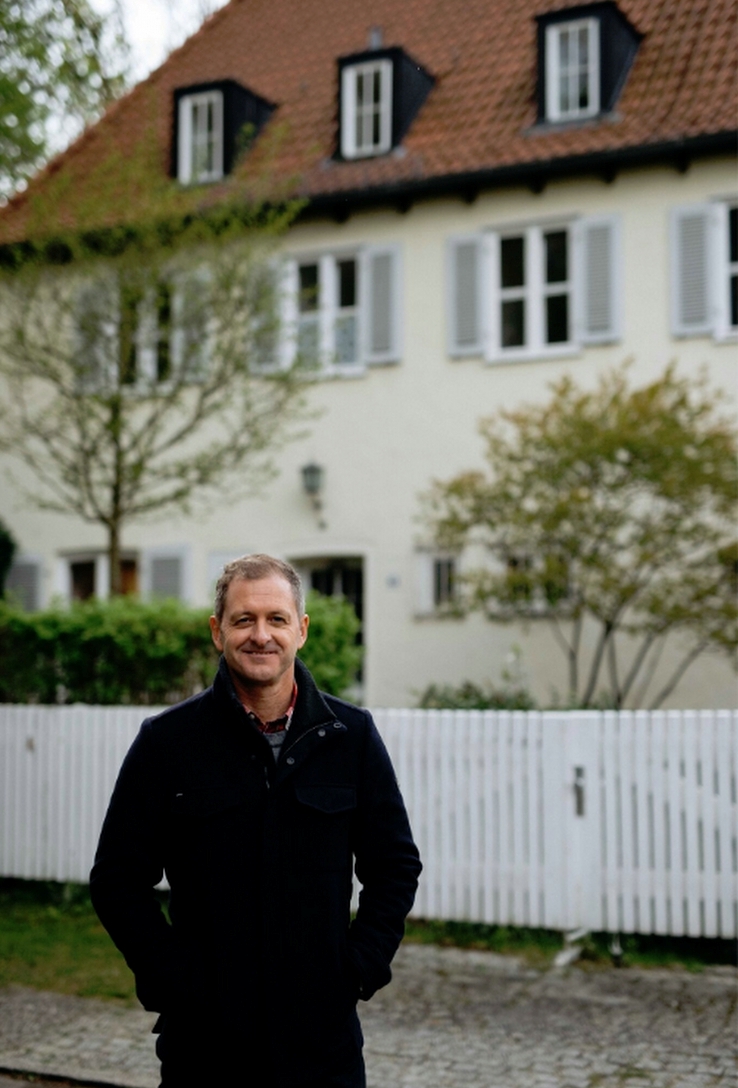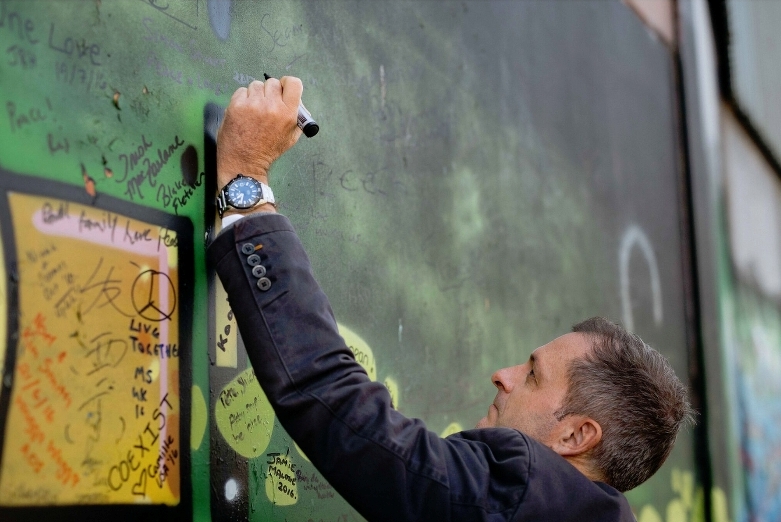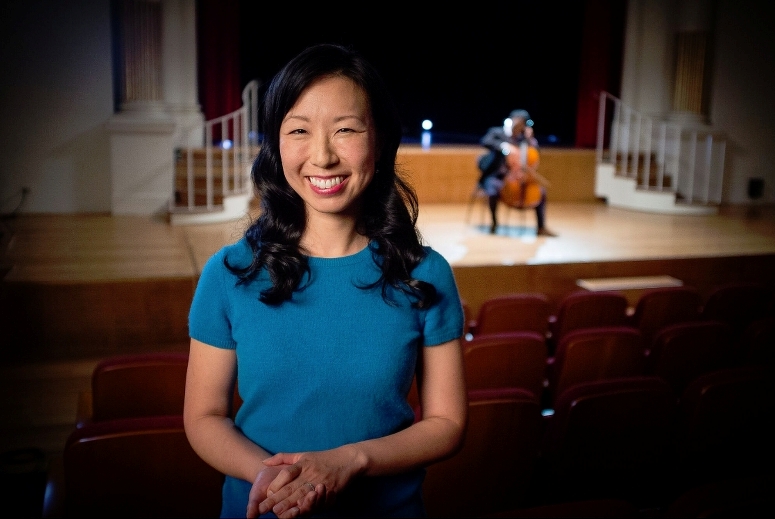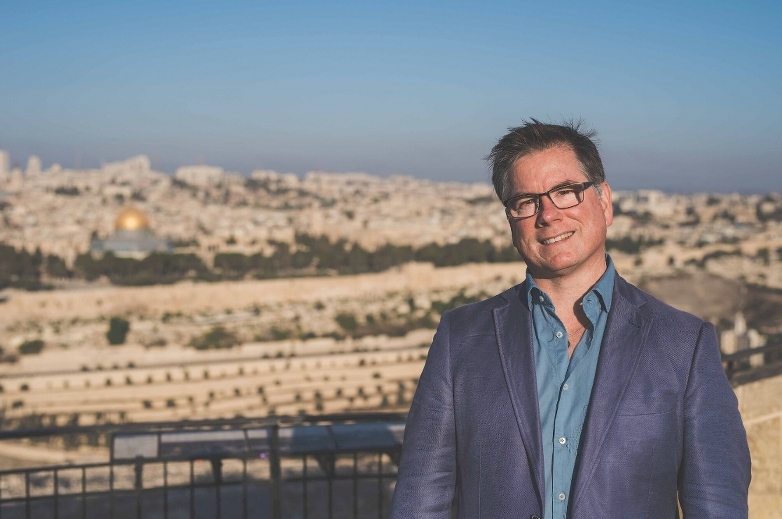Here's my "Christmas Collage". A few weeks ago I e-mailed a few friends with two questions: 1) How will you celebrate Christmas, and 2) What does it mean to you! Here are some responses! Enjoy..

Christmas day in our house starts with the kids opening up the presents Santa has left in their stockings before we head downstairs for everyone to get stuck into their bigger presents. After everything’s been opened and the wrapping paper has been tidied away, we all get ready to head out to church. I’m usually on the sound desk for the Christmas Day service where we have an orchestra belting out Christmas carols to good effect. Once the service has finished, we head back to our place to start getting ready for the Christmas meal. I cook the meat and prep the vegs the day before to make things easier but I still seem to spend most of the afternoon in the kitchen. That’s ok though as everyone helps out. We usually have a set of parents round for the meal – this year it’s my mum and dad – and we have a great time eating too much and laughing loudly. Once our visitors are gone and all the dishes are done, I usually sit down to watch the Doctor Who Christmas special which, in good old timey-wimey fashion, happens to be on New Year’s Day this time around. Christmas Day – a time of food, fun and family but not necessarily in that order!
___________
When I am tempted to don my “Humbug” hat, I am equally reminded of the crushing Narnia sadness, “forever winter and never Christmas”. This salutary reminder brings me quickly to my senses. Yes, I dislike the relentless retail feasting and somehow thirst instead for the simplicity of a divine birth in a humble stable. This for me is Christmas. God came to dwell with us and life for individuals in the human race changed forever!
___________
When my wife was pregnant with our now 18 year old we were discussing the core values we wanted to instil. One was truthfulness. In our family, anyone will always be in more trouble for a lie they tell to cover something up than whatever it was they were covering up in the first place. We decided that we could not credibly tell the children to be truthful if we set an example of lying to them – so no Santa. We still do everything associated with Christmas but without the scarlet-clad obese Laplander. We still do stockings, but I take them into the children’s rooms – always wearing a particular red jumper so that they can say ‘some fat guy in red brought them’.
This has had an unplanned side-effect – the children buy each other presents (as no magical mystical reindeer driven apparition is going to do it for them). I tend to go into a nearby large town with all 3 children one Saturday; when one sees something which they want to buy for one of the others, the other 2 make themselves scarce in the same shop and I go with the buying child to the till. All 3 arrive home with bags laden with gifts for their siblings and hurry to their own rooms to wrap them up – so Christmas morning always has the element of surprise and humour with the stocking gifts. Also, from the age of about 11 (eldest), they have started buying and filling stockings for my wife and I – so we pretend to be asleep as the 3 children, when they wake approximately 4.30am, trounce into our room hissing ‘SHHHHHHHH’ loudly to each other and put stockings at the foot of our bed. Now aged 18,16 and 13, we all still give and receive stockings of gifts in this same way. When my middle child was about 9, a friends mother was complaining to me that her daughter had lied to her ... to which I unhelpfully replied ‘but you started it ... we reap what we sow!’
___________

I am one of those people who enjoys the festive season. Christmas is a real marker of time and as our family has grown, and changed, so have the memories. It brings back both happy and sadder times. The wise men had a long, exciting, and expectant journey ahead of them. Mary also looked forward to the birth of her first child in such unexpected circumstances. I try to relate these different elements of the Christmas story to my own life and am aware of the excitement I feel at the prospect of my eldest son returning from university in a couple of weeks to spend time with the rest of the family. I am truly blessed, and am being given so many gifts on a daily basis many of which I take for granted. God sending his own son to this earth, well, that is the gift of all gifts. Christmas fills me with hope and expectation for a New Year and new challenges, and for what lies ahead. As God promised to shine his light into our darkness, he promises to be with us in the very personal areas and experiences of our lives if we let him. I am thankful that whatever lies ahead in the coming year for good or ill, that I do not face it on my own. As Mary faced her future, unknowing what lay ahead, so God promises to be in our unknowns. As Mary did not expect God to work in her as he did, sometimes God surprises us in how he turns up in our lives and can use the most unlikely scenarios for good.
___________

I Love Christmas Time! For me, Christmas is in 3parts. (1) as someone who believes in the virgin birth of our Lord Jesus Christ, it is a reminder of Christ's coming into the world, God as man. My faith revolves around this, God in Jesus becoming human and living amongst us. So we celebrate Christ coming amongst us. (2) These days, Christmas is celebrated as a time for family. Unfortunately my family do not, as yet, follow what I would say is a Christian path. Yet Christmas. draws us all together. I love driving down to Bristol (~440 miles) for Christmas listening to the Drive Time phone in. Everybody driving home for Christmas, to be with family. (We don't win, but generally come in about 3rd, 420miles, Perth to Bristol. (3) Christmas for most is a fun, family time. But I always think of an ex colleague who, for him, was a terrible lonely experience. No family. Lonely. Nothing. Seeing everyone have fun apart from you. Tough So I'll celebrate Christmas this year with my family, for whom I'm so grateful to God, yet for whom I pray every day, and remembering those whose Christmas will be particularly lonely.
___________
Christmas 2018 - for the first time we will be in Canada, with family, for Christmas. Suitcases and jet lag but no Church catering, a rest. Don’t know whether we will get to church but snow is guaranteed. For us Christmas is a time to remember the birth of Jesus with family and friends!
__________
This Christmas we will stick close to home. No crowded airports or icy highways planned for us. We’re hoping a Scottish friend will come to stay for the holidays, as she’ll be working in the southern part of our province. We will host Christmas dinner for my family, so it will be busy and loud (and fun). My older daughter has a soccer tournament between Christmas and New Years, so there’ll be no staying in pyjamas for days on end. For our family, Christmas is about celebrating Christ’s birth by spending time together as a family and being thankful for all the gifts of health and prosperity that we have been blessed with in our part of the world.
___________
For me this year, Christmas falls at the same time as my main deadline in the six years of studying architecture. I think that will lead to Christmas having a different feeling from usual. So in my situation, Christmas, and it’s associated festivities, will be about Peace - a time away from the work where I can rest and focus on Jesus. I plan on it being a period where I can switch off from the demands of the course and instead reflect on God. Whilst I may not be able to enjoy the holiday as much as I usually do, I hope that it can impact my faith and understanding in a fresh way to how it normally does.
___________
Rather than the traditional meal, each member of the family says one item of food which they really enjoy and would like incorporated into our main Christmas meal. We then concoct a 3 course meal which incorporates the 5 items chosen by the 5 members of the family. The items chosen over the years have varied and have now matured (I think the smoked salmon (child 2) and asparagus (me) starter was 3 years in a row), but one year, when young, one daughter chose scrambled egg and the other chose poached egg .... so we did have scrambled and poached egg on the same plate. When the children were young (and the choices of food reflected that), my wife and I would have a quiet candlelit Christmas evening meal after they went to bed. Now they are teenagers, it’s a fabulous family time – like every Sunday dinner, but with everyone’s favourites in one meal. I may ask for lamb this year.
___________
If we're spared" (as my old mother used to say) until Christmas we will be involved in the following: Church, Family, Food, Holidays. I love Christmas time for all sorts of reasons, however mainly because I get a rest from work. Nobody wants to hear too much from a charity like Mission International at Christmas time, other than to report on how well the BIG meal has gone, so we get a lull in the regular activities of fundraising etc which is great. The BIG meal is over, the teams are all home, the many activities are on hold until the New Year. Its also a time for me to reflect on how the year has gone and to seek God for the future. Maybe I'll read a new book, listen to some guys preaching, store up some 'food' for the incoming year.
___________
Christmas this year will start with an Advent wreath so we can anticipate Christ's birth by candlelight after tea each evening. (That's my intension, but reality of homework and family schedule may mean we only have candles once a week.) The wait involved with Advent is something I value and desire to pass on to my children. We'll attend service at church on Christmas Eve which leaves Christmas Day wide open. On Christmas morning the kids will wake, there will be presents under the tree, a leisurely breakfast, FaceTime family across the time zones, then a drive down the mountain so we can wander along the beach, look for whales in the distance and shells at our feet.
___________
We will be celebrating Christmas with our lovely family in Scotland!! I love all things Christmas - seeing family and friends, carols, the Christmas Eve midnight service at church, presents, decorations and not least it always prompts me to really think about what my faith is all about and to thank God.
.












